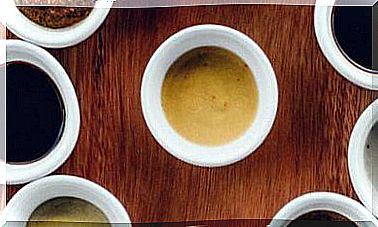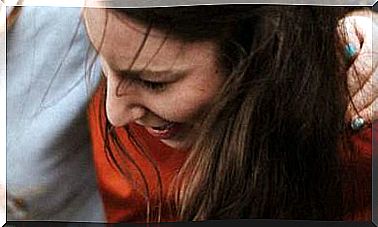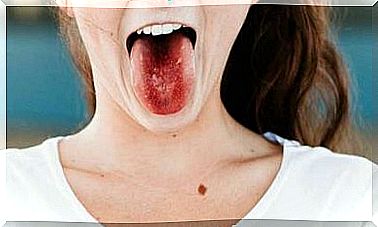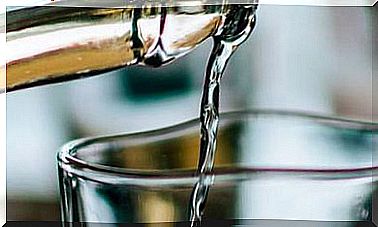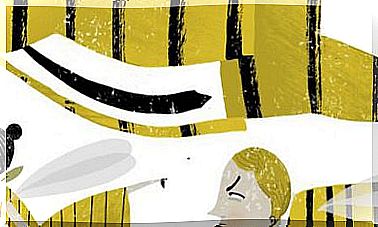Beware Of Smoked And Roasted Foods!
The aroma of grilled food has always captivated human beings. But it is preferable not to abuse them: they can carry substances that, in excess, are toxic.
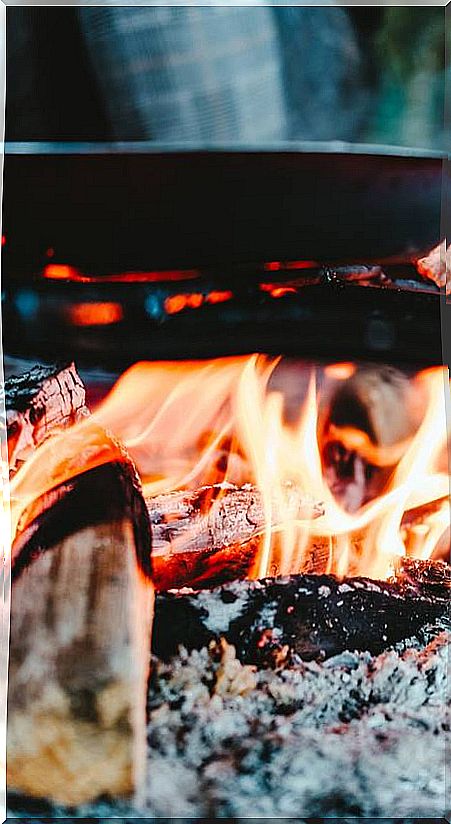
Originally, the custom of smoking food responded to a need to preserve perishable products. The antiseptic properties of smoke, heat and drying on the food were used to hinder the viability of microbial species.
Another popular culinary option is the barbecue, in which the food is subjected to the action of a direct heat source, without utensils or intermediate elements, except, of course, the essential grill. This is by far the oldest cooking system.
Smoked and roasts contain dangerous hydrocarbons
Both smoked and grilled foods contain compounds called Polycyclic aromatic hydrocarbons (PAHs), with potential negative effects on health. They are formed during the incomplete combustion of coal, oils, gases, wood, household waste and, in general, substances of organic origin.
The rate of PAH formation depends on the combustion conditions. Generating a lot of black smoke will result in a higher amount of PAH per mass of product.
There are more than one hundred types of PAH but only twenty have been identified as dangerous to health. Some are carcinogenic.
1. What are benzopyrenes?
Benzopyrenes are a group of substances derived from benzene and are within the group of PAHs. The main one is alphabenzopyrene, which is used as an exposure marker. Once inside the body, it undergoes bioactivation and becomes a poison capable of altering cellular DNA.
2. How are they metabolized?
Although most food safety agencies emphasize that the risk is low for human health, they do establish recommendations to avoid a high and continued consumption of PAH.
However, it must be taken into account that the body has mechanisms to prevent the accumulation of these substances: most of them are eliminated within a few days of their absorption, especially through urine and feces.
In addition, in the diet itself there are foods that provide substances with anticancer capacity, so a varied and balanced diet reduces the damage that any toxin can cause. If, in addition, one does not smoke, the negative effects of PAHs are greatly reduced.
3. How do PAHs affect health?
PAHs are considered potential carcinogens. They can also affect the immune and cardiovascular systems. The risks evaluated from food intake are low, except if consumed in excess, but in this case it also influences that the diet is usually little varied. They abound in coffee, grilled meats, roasted nuts and smoked fish.
4. Why are some foods smoked?
Currently, the treatment by smoking seeks to give the food a difference in flavor, aroma and color. There are legal controls on the type of smoke and application techniques.
5. Should you moderate your consumption?
Animal studies have shown the carcinogenic effect of some compounds that are produced during smoking. Although the dangers to human health are uncertain, maximum limits for PAH have been established in the foods that are marketed and moderate consumption is advised.
6. What does the current health regulations say?
The sanitary regulations establish the prohibition of using resinous woods (with the exception of fir) and other fuels that could imply a final deposit of soot or waste materials in the food, or toxic substances that could be released from their combustion.
7. What happens when grilling?
Very high temperatures are reached in the food, which creates structural changes and chemical reactions. Burning wood or charcoal generates PAHs that can contaminate food. Meats well done or cooked on the grill have higher levels than with softer cooking.
To reduce the formation of PAH substances, it is advisable not to overcook the food and to reduce the grilling time. It is also recommended to avoid the dripping of animal fats on the embers and reject or remove the parts charred by high temperatures.
8. Is it better to grill with charcoal?
The suitable fuel is charcoal, since it allows to obtain a sufficient heat base without flames. The distance between the bed of embers and the cooked food is very important, which in turn is conditioned by the thickness of the piece. It is desirable to achieve a good cooking without charring the surface.
9. Are there other sources of polycyclic aromatic hydrocarbons?
In addition to those of natural origin, PAHs are formed during the incomplete combustion of oil and its derivatives, and during the combustion of organic matter (coal, wood, tobacco or vegetation in general). Thus, airplanes, cars, ships, certain industries and domestic heating produce PAH.

